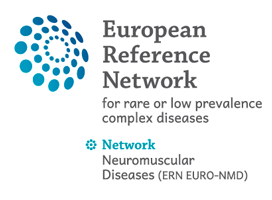17 Oct 2020
Intracranial aneurysm management in patients with late-onset Pompe disease (LOPD)
Authors:
Enricomaria Mormina, Olimpia Musumeci, Agostino Tessitore, Anna Ciranni, Graziana Tavilla, Antonio Pitrone, Sergio Lucio Vinci, Antonio Armando Caragliano, Marcello Longo, Francesca Granata & Antonio Toscano
Pompe disease is a rare hereditary metabolic disorder caused by α-glucosidase (GAA) deficiency. The late-onset form of the disease (LOPD) is considered a multisystemic disorder which could involve vascular system with cerebrovascular abnormalities such as intracranial aneurysms or dolichoectasia. Intracranial aneurysm rupture may represent a life-threatening emergency. A possible treatment of unruptured intracranial aneurysms (UIAs) should consider both aneurysm-related (aneurysmal size, shape, localization, numbers and hemodynamic factors) and patient-related risk factors (patient’s age and sex, hypertension, smoke exposure). Moreover, UIAs management of LOPD patients needs also to take into account the altered blood vessels integrity and elasticity, whose consistency is likely weakened by the deficient GAA activity as a further potential risk factor. We herein present our approach for of UIAs management in three patients with LOPD. Among them, only one patient with a left saccular UIA of the anterior communicating artery, after careful consideration of risk factors, underwent the endovascular treatment. The other two patients were scheduled for a 1-year follow-up, according to radiological, clinical, and risk evaluation features. Finally, we would like to suggest some general recommendations for UIAs management. In particular, if no risk factors are identified, a cautious yearly follow-up is suggested; otherwise, if risk factors are present, endovascular treatment should be considered.

